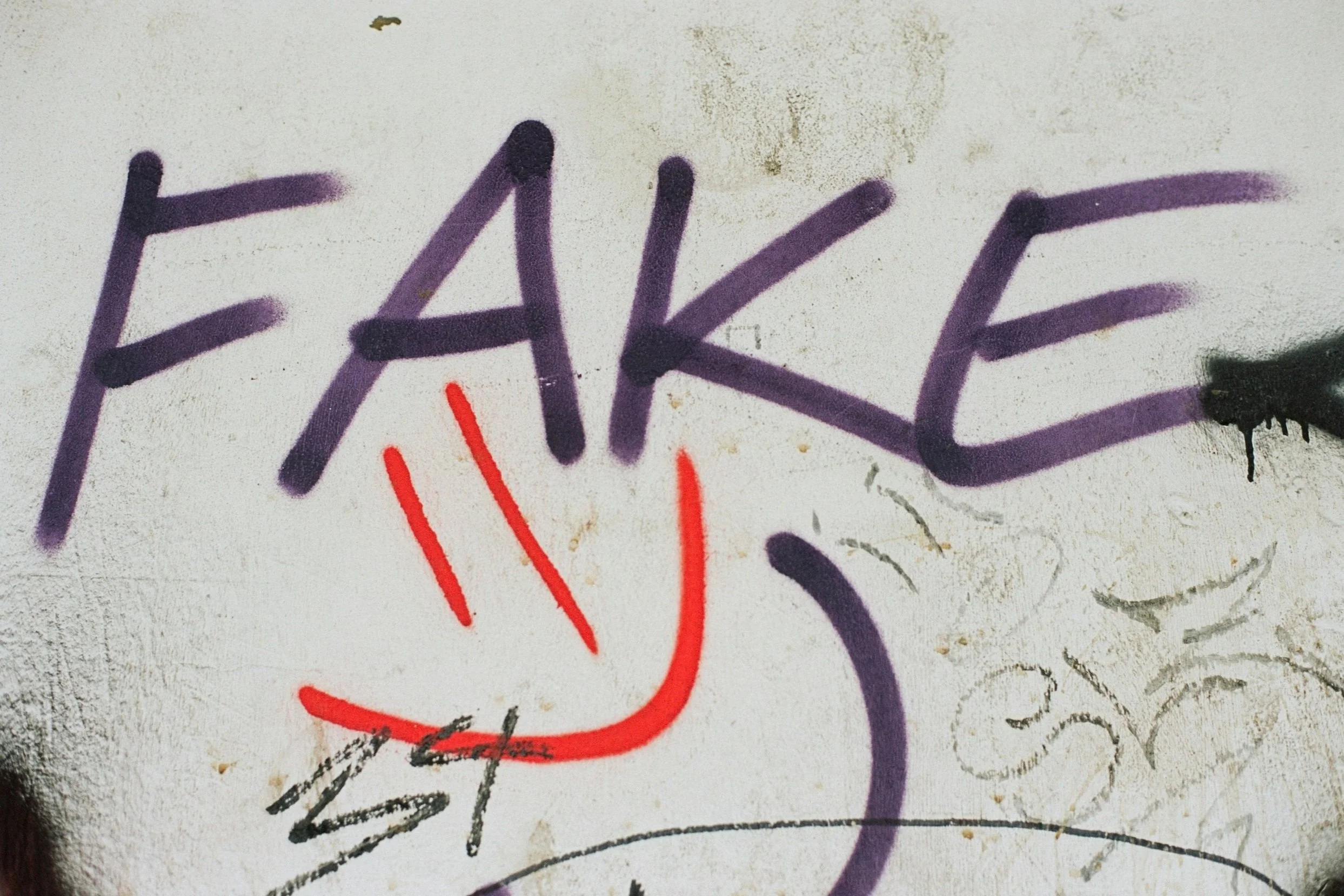The Rise of Deepfake Picture Scams: Could You Be the Next Victim?
Imagine this: you’re scrolling through LinkedIn when you receive a message from someone who looks exactly like a high-profile executive in your field. Their profile is spotless—complete with a professional photo, work history, and endorsements. After a few exchanges, they offer you an incredible business opportunity. Everything seems legitimate—until the money disappears and the person you were talking to turns out to be a deepfake.
Deepfake scams like these are no longer sci-fi fantasies—they're happening right now, and anyone could be the next target.
What are deepfake picture scams?
Deepfake technology uses artificial intelligence to create hyper-realistic images of people that don’t exist or to manipulate photos of real people. At first glance, these images are nearly indistinguishable from the real thing. While deepfake videos have been in the spotlight, it's the rise of deepfake pictures that’s opening new doors for fraudsters.
How do deepfake picture scams work?
Deepfake pictures are primarily used for identity theft and impersonation scams. Imagine you receive a LinkedIn request from someone who appears to be a prominent business leader, complete with a professional headshot. They strike up a conversation, maybe even schedule a video call, only to eventually ask for sensitive business information or money transfers. In reality, the person behind the screen is a scammer, and the professional headshot? A deepfake designed to fool you.
One chilling example occurred when cybercriminals impersonated a CEO using deepfake images to persuade employees to wire significant sums of money. By the time the scam was uncovered, the money had vanished into untraceable accounts. This isn't just limited to corporate espionage—it’s also hitting individuals.
The emotional toll: romance scams and deepfakes
Deepfake scams aren't just about money—they can also prey on emotions. Take online romance scams. Scammers use convincing deepfake photos to pose as someone else, developing deep emotional connections with their victims over time. One man, for instance, believed he was in a relationship with a woman he met online, exchanging pictures and intimate conversations. Months later, he realized the "woman" was a deepfake creation, and the thousands he sent to help with "emergency expenses" had vanished. The emotional devastation, combined with the financial loss, leaves victims not only broke but also humiliated.
The threat to public trust
Think about how much trust we put into digital images. Whether it’s an online profile, a business deal, or even news stories, we instinctively believe what we see. Deepfake scams shake that foundation of trust. What if the image of a politician "caught" doing something outrageous is fake? Or a family member appears to send a distressing message, asking for help, but it turns out it was a deepfake fraudster? The lines between what’s real and what’s manipulated blur, making it harder for people to trust anything online.
How can you protect yourself?
In a world where even pictures lie, staying vigilant is key:
Verify identities: If you’re conducting important transactions or interacting with someone new online, take time to verify their identity. Use video calls, but keep in mind that even these can be manipulated.
Check for oddities: Even the most convincing deepfakes may contain subtle errors—like mismatched lighting or awkward facial movements. Pay attention to small details.
Use reverse image search tools: Platforms like Google Image Search can help you find out if a picture has been used elsewhere or manipulated.
Stay sceptical: If something feels too good to be true, whether it's a business deal or an online relationship, it probably is. Never send money or sensitive information without concrete verification.
Conclusion: Deepfake picture scams are here to stay
The age of deepfakes isn’t just a distant nightmare—it’s unfolding now. Whether it's the face of a CEO convincing you to transfer funds or a romantic interest tugging at your heartstrings, these digital deceptions can be devastating.
As the technology evolves, scammers will continue to innovate, making it harder to detect their schemes. But by staying informed and cautious, you can avoid falling victim to a crime where reality is no longer what it seems.
In today’s digital world, even pictures can’t always be trusted. The question is: will you be able to tell the difference?
For more information on this topic check out this useful website Scammers are stealing people's faces for live video calls — Ampyx Cyber


